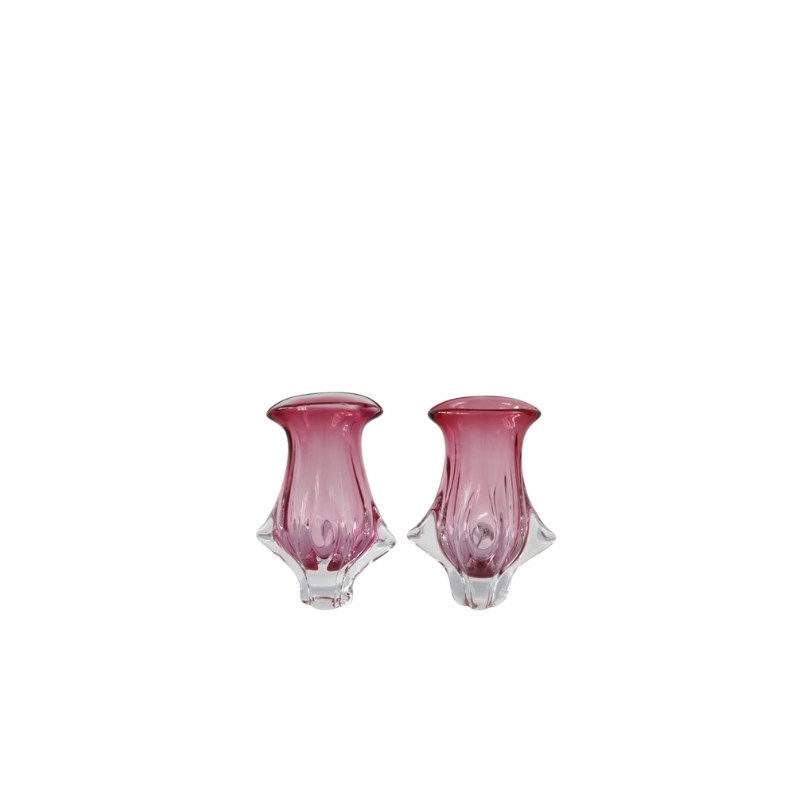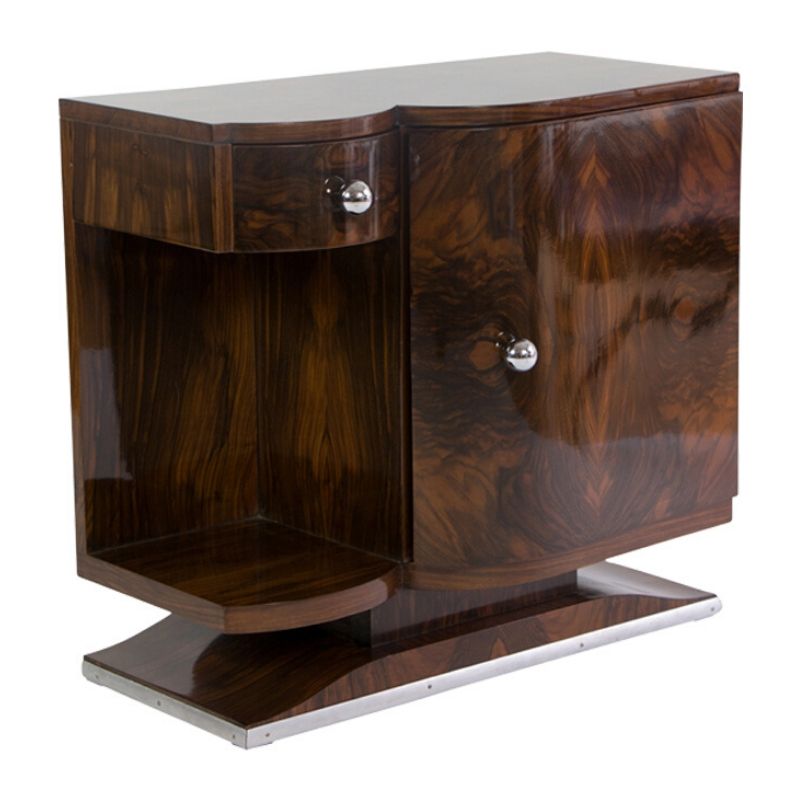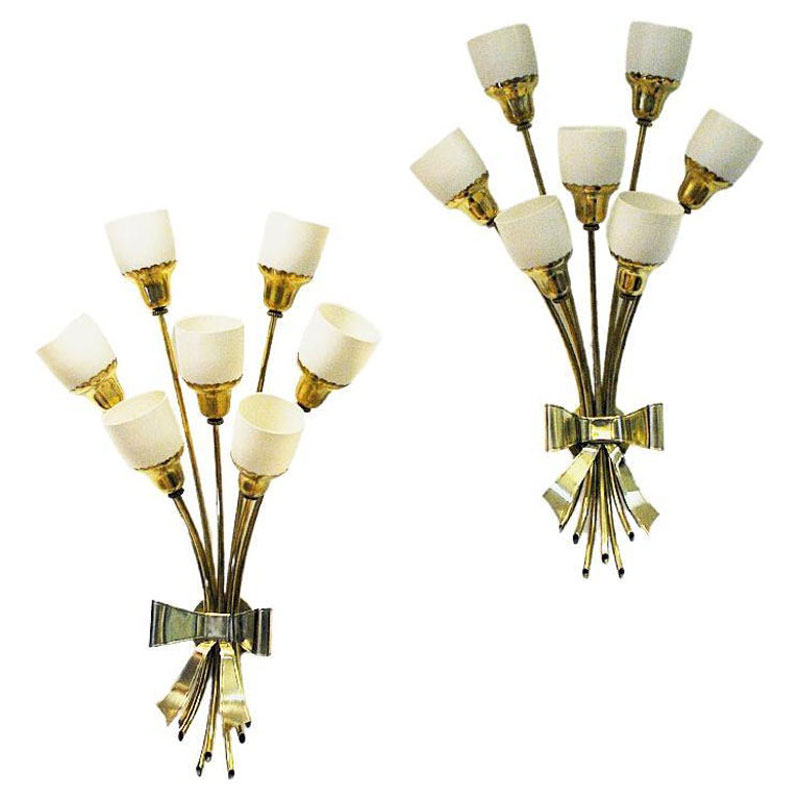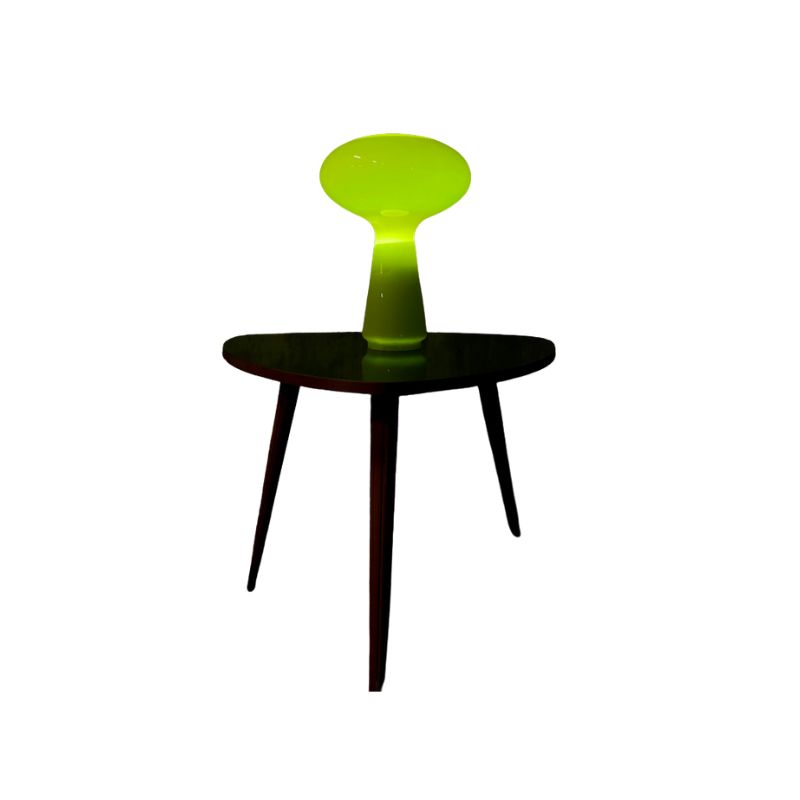Great thread. Thanks tchp.
I really could not agree more about the time it takes to get back into caning. It a funny thing because it is not at all like riding a bike. You forget it very quickly. But your results were beautiful proving you get there eventually.
I just might look into the HASS steamer. I find soaking cane messy and the stuff dries up in the time it takes me to do the work.
I am attaching a pic of something else called a steamer. These are thin, springy metal guides. I can't imagine why they are called steamers - possibly because the ends point upwards like the prow of an old steam ship. Also my Berry staple remover which I really think great for just that purpose.
Hey TCHP,
Wow you've done such a great job with restoring this chair. I'm a furniture design student at OTIS College in California and I've been trying to figure out how to do this twist cane weave for ages. I want to learn how to do it so that I can incorporate it to a chair design. Do you have more process shots of how you did the weave? Particularily how you start and finish each strand? That would be a great help!
Thank You,
Nikolai
Hey, tchp (or anyone else who has done these chairs in cane)---I am redoing an old one now and although it had the original cane, or at least cane that looks correct on the top, the ends were all rather sloppily stapled to the rabbet instead of having the original tiny brads or wire nails. See pics below. A few of the brads remained and the holes are there from the missing ones.
I've woven this general pattern before (the open weave with crossed ends), and I have exactly the same size brads, so those are not the issues. I just can't get the brads into the ends of the cane without splitting the cane!
I thought maybe steaming the cane would soften it enough that it wouldn't split, but that wasn't it. I tried leaving a long end on it, which worked great---until I trimmed the end off, then the cane would start to split.
I thought about leaving all the ends long but bending them at a right angle into the rabbet, then just taking the half round trim over them securely when all the weaving is done---but that's obviously not how it was done originally if all those brad holes are any indication.
The other chairs that I redid in cane were Wegner cowhorns and the cane ends on those are wrapped around and tucked under, not nailed. A few brads are necessary here and there but I don't remember them being at the very end of a strand like on the round chair.
Any tips??

I think glycerin is more of a lubricant so that the cane slips through the weave more easily as you're working...? I wove a traditional cane seat a really long time ago and put glycerin in the soaking water as instructed---couldn't really tell the difference except that my hands got sticky after awhile!
csilva, thanks--but I am quite sure the ends are nailed, and I'm sure there's some trick to nailing them without splitting the cane. I just can't figure out what it is.
Drilling might work, but we are talking less than a 1mm bit here! And drilling would add time to the job. They were nailed originally, somehow---how hard can it be, right? I feel like I'm missing something that should be really obvious.
I just looked in a cane technique book, and it said to leave 3 inch tails and then trim so the cane does not split.
What are you using to trim the cane? Perhaps some other tool would work better. A sharp chisel pushed straight down on the cane? Or some specialty scissors? There are japanese ikebana scissors that have a very thin nose, and are extremely sharp.
The last cane project I did, I had the same problem, but I did not NEED to nail the 4 ends in, I could just tuck them, so I just dodged it that way. I would like to know to do it in the future. I suspect I will have the same exact problem to solve.
I tried leaving a tail, nailing, then trimming the tail off but the problem is that the nailing surface is a very narrow (3/8") rabbet, and 5mm binder cane doesn't want to bend neatly at a right angle to fit exactly into it. If it's not flat against the wood, it splits when the nail is driven in. But if I cut it to fit into the rabbet, I'm nailing just 3/16" from the end of the cane and it ends up splitting. I used a new #11 Xacto blade to cut it, so that's not the issue either. Agh!
I thought that the Wegner cowhorn chairs had the same kind of issue but now that I think about it, those chairs had a wider nailing surface so the brad was more like 1/2" from the end of the cane. Sometimes it split the cane but usually not---and there were fewer brads needed, too, because the ends of many strands could be tucked in instead of nailed.
I may end up just steaming the cane for the seat too---but I think tchp said he only resorted to the steamer for the cane wraps on the back? I don't have a portable steamer, I just do it on the stovetop which isn't real convenient.
Spank, try blunting the points of the brads either by clipping them off with side cutters, tapping them with a hammer a few times onto a hardened steel 'anvil' of a sort, or filing them flat. It's the wedge action that splits the fibers. Wire nails will sometimes cause splitting when used near the ends of brittle wood, whereas old-fashion "cut" nails with flat tips and square section tend not to.
So! i tested a blunted nail in the end of some steamed cane (not just soaked) and it went in perfectly without even a hint of splitting! I think that's the key. Thanks so much, tktoo!
I decided to wrap the back yesterday and just let my aggravation over the nails fade a bit. Not sure it made much difference---it took a bit of doing to get the overlaps in the wraps just right. Actually I'm not totally happy with it yet but I think it will work out.
I did have to drill one new hole in the bottom and will have to do another, I think---the problem being that none of the strands of cane that I have are long enough to span the distance between some of these holes! At least none of the strands I've pulled so far---it's pretty hard to pick out the longest from a full bunch. But I just realized that the original holes had to have been drilled as the back was wrapped because they're not uniformly spaced at all. So I think it's ok to do the same thing, even though it feels kind of wrong to mess with the frame of the chair at all.
I finally finished the chair I have been redoing and thought I'd pass along a few observations.
1. After using a bunch of the wire nails that I blunted slightly to keep the end of the cane from splitting, I came to the conclusion that blunting didn't seem to make a lot of difference.
2. I have seen the photo of the chair being woven at the factory, with all the cane ends sticking out until all of the seat had been woven, and this seemed a bit risky because I assumed that the cane would be too dried out to bend nicely into the rabbet for nailing. BUT, you really need to leave them un-nailed so that you can adjust the spacing slightly. I realized this when I started weaving the side-to-side strands. I finished those at the end of one day which meant that the ends were all totally dry the next day. I dampened them a bit by spritzing but that doesn't really do anything---but surprise! They bent just fine (it really wasn't a lot of bending) ---AND they did not split as much when nailed. So maybe that's the secret, I dunno.
3. Nail before trimming the ends to the proper length, and nail as close to the inside edge of the rabbet as possible, because trimming the excess even with a very sharp blade can encourage splitting.
4. The 3/8" half round reed that I got to cover the nailed ends was 4-5mm thick, which was more than the depth of the rabbet plus cane ends, so I pared the round top off so that it was about 3mm thick, which worked fine. I just couldn't stand the thought of the reed being visible in a low angle view of the chair. I am not even sure that half round reed was used for cover trim on these---I know it is on the Wegner cow horn chairs and others that are caned so I just kinda assumed that's what was on these.
If you need any help, please contact us at – info@designaddict.com









